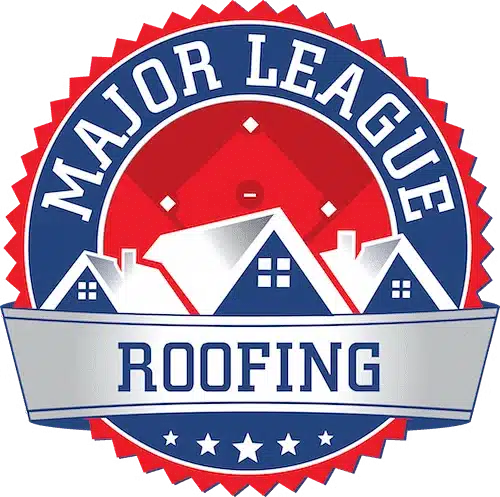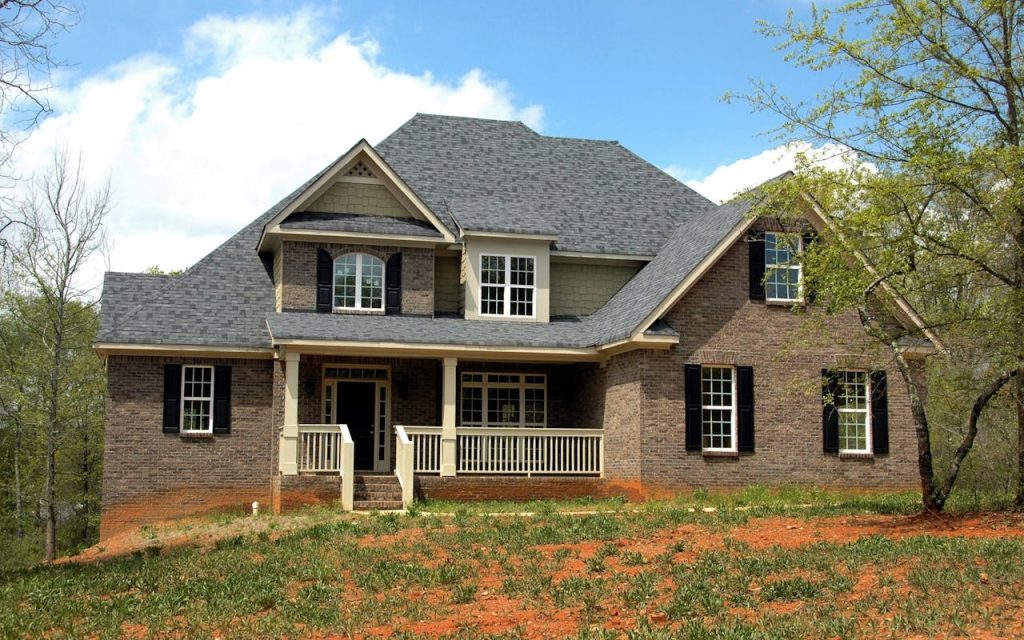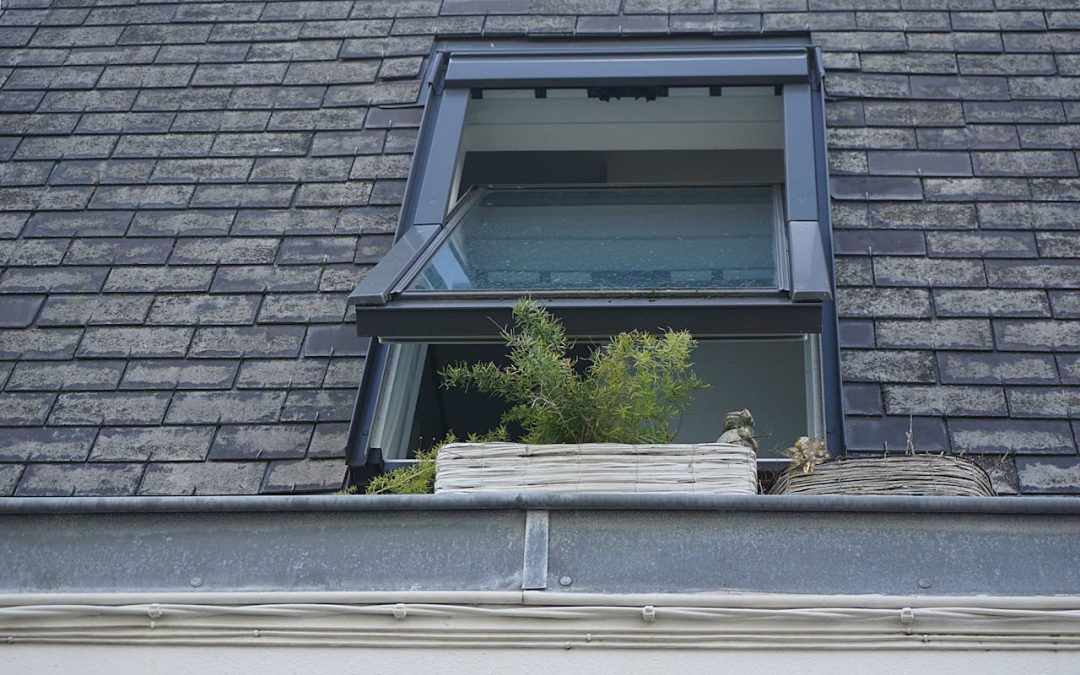Roof Insurance Claim: Key Information for Homeowners
Most homeowners in North America have homeowners’ insurance. Unfortunately, not many homeowners truly understand their policy, what it covers and how it can help them if they need to make a roof insurance claim.
We sat down with IKO ROOFPRO Jen Silver, the founder and CEO of Roofing Utah, one of the fastest-growing roofing companies North America, to gain some insight into the roof insurance claim process and what homeowners need to know before they contact their insurance agent and file a roof insurance claim. In addition to sitting at the helm of Roofing Utah, Jen is a public speaker, consultant and expert in roof insurance claim work who speaks publicly across the nation on the topic.
So, she shared with us seven things that every homeowner should know about their insurance policy prior to filing a roof insurance claim and what resources are available to them to learn this essential information.
Whether you wonder what kind of roof damage is covered by your insurance company, if your homeowners insurance will cover your roof leak or how often insurance will pay for a new roof, there are a few questions you should answer about your homeowners insurance prior to filing a roof insurance claim.
Thinking About Filing a Roof Insurance Claim? Here’s What You Need To Know First.
1. Do You Have Replacement Cost Value (RCV) or Actual Cash Value (ACV) Coverage?
If you are in the process of purchasing a homeowners insurance policy or considering making a roof insurance claim, be sure to know whether you are getting RCV or ACV coverage.
RCV will cover you for the entire cost of a roof replacement, minus your deductible. So, if you were in the middle of a hailstorm and got a quote for $15,000 to replace your roof, and you have a $1,000 deductible, your insurance company will cover the remaining $14,000 to replace your roof upon approval of your quote.
ACV, on the other hand, will only pay out the value of your current roof if you make a roof insurance claim. So, if your roof was already 10 years old and has depreciated by $10,000, your insurance policy will only cover $5,000, minus your deductible, which means you as a homeowner would be responsible for covering the remaining $11,000.
The reason why this is so important to know prior to filing a roof insurance claim, Jen explains, is that if for whatever reason you are unable to cover the gap in insurance coverage, but your roof is approved, and you don’t replace it, your insurance company could drop you as a client.
2. What Is Your Deductible?
When you make any sort of roofing-related claim on your homeowners’ insurance, the deductible is the amount that you must pay out before your insurance company will cover the remaining cost. Depending on your homeowners’ insurance policy, this deductible may be a set amount or a percentage of the claim.
So, say you have an RCV policy, and you make a roof insurance claim because you need to replace your roof due to storm damage beyond repair and you have a $1,000 deductible. if the total cost to replace your roof was $10,000, you would pay $1,000, and your insurance company would cover the remaining $9,000.
Deductibles apply in almost all cases of property loss or damage, including most roof insurance claims. If the cost of the claim is below your deductible (e.g., you try to claim a relatively simple $500 repair), you are responsible for covering that cost in most cases. In which case, you would likely be better off covering those repairs out of pocket to avoid negatively impacting your premium moving forward.
Your deductible can be waived under certain circumstances, most often When a claim is over a certain dollar amount; but this depends on your insurance policy.
Always choose a deductible that you know you will comfortably be able to afford. If you opt to have a higher deductible (e.g., $5,000), you will need to be able to pay that amount out of pocket in the event of a claim
3. What Is Your Insurance Policy Limit?
Insurance policies rarely offer unlimited coverage. Rather, they set maximum amounts that they are willing to pay out for different types of insurance claims.
When you purchase homeowners’ insurance, you have the option to raise or lower these limits based on the coverage you need.
Choosing insurance limits is really a balancing act between ensuring you have enough coverage for any sort of significant loss (otherwise, what’s the point of having insurance?), yet avoiding such high limits that cause you to pay way more for your premiums than necessary.
4. What Applicable Exclusions Do You Have?
The general understanding of insurance of any kind is that there needs to be enough people with a shared need for protection for insurance to work properly and keep premiums at reasonable rates.
This means that it is not possible for insurance companies to cover every single type of loss that could ever occur, and this is where the term “exclusions” applies.
Most insurance policies across North America will contain a similar set of exclusions, but it is important to read the fine print of your policy to understand what is and is not covered by your home insurance.
Some of the more common exclusions include losses that are the result of wear and tear or a homeowner’s failure to maintain their property. Old roofs are one of them. So, even if your roof was damaged in a storm, you could come up against challenges in making a claim if your roof is significantly aged.
Additional exclusions may include intentional, fraudulent or criminal losses; failure to reasonably protect your home; high-risk activities; and catastrophic losses that would exceed an insurance company’s resources (for example, war, terrorism, unexpected natural disasters like floods, tornados, earthquakes, or other “acts of God”).
5. How Does Your Policy’s Loss of Settlement Provision Work?
This brings us back to that ACV vs. RCV policy-type question. ACV insurance policies are often calculated at approximately 20 to 25% less than a replacement cost policy, as well as figuring depreciation into the claim.
So, again, if your roof is 20-years-old and has depreciated significantly in value, your insurance company will cover significantly less of the cost to replace it, even if the claim is related to a natural event, like hail or a windstorm, at the time of the claim.
Keep in mind that when considering roof insurance claims, depreciation rates tend to be higher than, say, your kitchen appliances due to exposure to the elements.
6. What Is the Statute of Limitations on Your Claim?
A statute of limitations is a specific period during which you, the insurance policyholder, can file a claim for damages. This varies from state to state in the United States and from province to province in Canada.
Your insurance policy may provide the time period within which a claim may be made, which typically is as short as one year.
If the policy does not provide such a limitation, the claim will be subject to the statute of limitations, which can be anywhere from two to four years, and in rare cases, up to six.
In some jurisdictions, the statute of limitations period may override the period stated in the policy. It is important to review your policy and consult with legal counsel in your jurisdiction to make sure you make a timely claim.
If you are certain that you intend to file a roof insurance claim, be sure to do so within the statute of limitations in your geographical area.
7. Do You Have Ordinance and Law Coverage?
Ordinance and law coverage would cover the cost to rebuild your home or undergo significant renovations and updates to bring it up to current code in the event of a major covered loss.
When considering roof insurance claims, what might seem like a simple repair when making a claim could, in some cases, require a full roof replacement if your roof is not up to the current building code.
Ordinance and law coverage would ensure that your policy covers the cost to replace your roof in compliance with the most up-to-date code and laws.
Many homeowners are unaware that this type of coverage can be included in homeowners’ insurance, and it is not included in every policy type. To determine whether you need this type of coverage, it is best to speak to an insurance specialist.
Understanding Your Homeowners Insurance Policy Prior To Filing a Roof Insurance Claim: Whom Can You Talk To?
Homeowners insurance policies can be extremely overwhelming to understand, but there are experts out there who can help you interpret your policy prior to filing your roof insurance claim.
With that said, not just anyone is able to discuss, explain or interpret your policy for you. Rather, you will want to reach out to an insurance agent, attorney, or public adjustor.
“Once a homeowner has all of this information, then they will be in a better position to make an educated decision on whether they want to file a claim or not,” Jen concluded. And, if you ever notice roof damage of any kind, the best first move is always to reach out to a ROOFPRO roofing contractor, as they are a wealth of information and may be able to guide you through the claims process.









